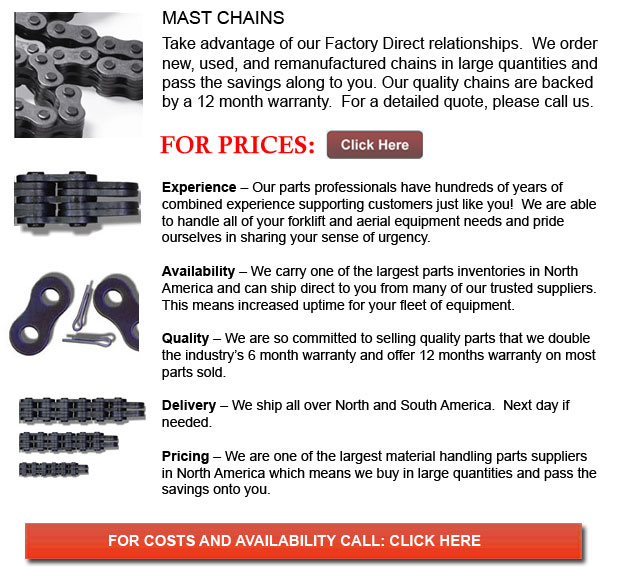
Mast Chains - Utilized in various applications, leaf chains are regulated by ANSI. They can be utilized for forklift masts, as balancers between counterweight and heads in some machine gadgets, and for low-speed pulling and tension linkage. Leaf chains are occasionally likewise known as Balance Chains.
Construction and Features
Leaf chains are actually steel chains with a simple pin construction and link plate. The chain number refers to the pitch and the lacing of the links. The chains have certain features like for example high tensile strength for every section area, which allows the design of smaller machines. There are B- and A+ type chains in this particular series and both the AL6 and BL6 Series comprise the same pitch as RS60. Finally, these chains cannot be powered using sprockets.
Selection and Handling
In roller chains, the link plates have a higher fatigue resistance because of the compressive stress of press fits, yet the leaf chain only contains two outer press fit plates. On the leaf chain, the most permissible tension is low and the tensile strength is high. Whenever handling leaf chains it is vital to confer with the manufacturer's handbook so as to guarantee the safety factor is outlined and utilize safety guards all the time. It is a great idea to exercise utmost care and use extra safety guards in applications wherein the consequences of chain failure are severe.
Higher tensile strength is a direct correlation to the utilization of more plates. As the use of much more plates does not enhance the utmost permissible tension directly, the number of plates can be limited. The chains need regular lubrication since the pins link directly on the plates, producing an extremely high bearing pressure. Utilizing a SAE 30 or 40 machine oil is normally advised for the majority of applications. If the chain is cycled over 1000 times each day or if the chain speed is more than 30m per minute, it would wear extremely rapidly, even with continual lubrication. Hence, in either of these situations using RS Roller Chains would be much more suitable.
The AL-type of chains should only be utilized under certain conditions such as if wear is not a big concern, if there are no shock loads, the number of cycles does not exceed one hundred each day. The BL-type will be better suited under different situations.
If a chain with a lower safety factor is selected then the stress load in components would become higher. If chains are utilized with corrosive elements, then they may become fatigued and break quite easily. Doing regular maintenance is really vital if operating under these types of conditions.
The type of end link of the chain, whether it is an inner link or outer link, determines the shape of the clevis. Clevis connectors or also called Clevis pins are constructed by manufacturers but usually, the user provides the clevis. An improperly made clevis could decrease the working life of the chain. The strands must be finished to length by the producer. Check the ANSI standard or phone the producer.
![]() Click to Download the pdf
Click to Download the pdf
Forklift Parts
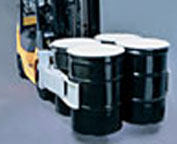
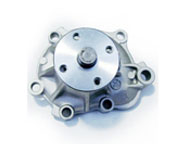
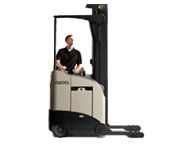
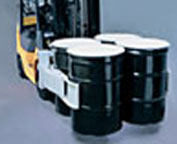
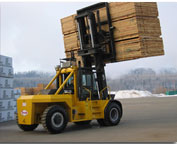
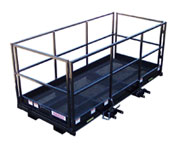
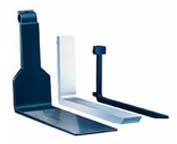
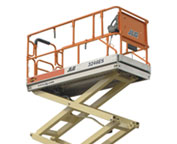
Lift Parts Express
TOLL FREE: 1-888-695-7994
Fort McMurray, Alberta
forkliftpartsfortmcmurray.ca
Email Us
About Us


